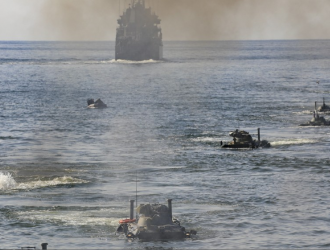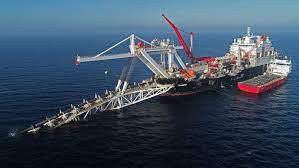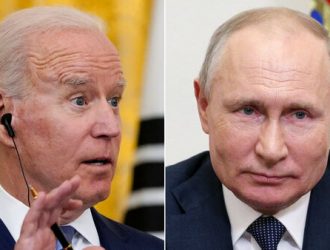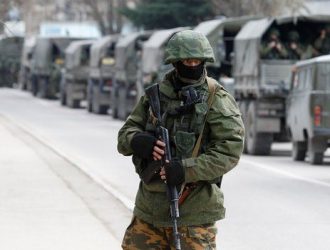Subscribe for Newsletter

Maksym Khylko: the West cannot ignore Moscow’s co-responsibility for hybrid attacks on Lithuania and Poland

A new milestone in Ukraine’s public diplomacy began in late March when the foreign ministry approved, for the first time in history, a public diplomacy strategy.

If Germany and the United States allow Russia to bypass the Ukrainian territory in gas transit and thereby make it more vulnerable to full-scale Russian military aggression, it would be justified to provide Ukraine with some reliable security guaranties.


As security is in flux, so the policies of the Central European states and the role they allow the big powers to
play in their development.

The school aims to create a communication platform for Belarusian, Moldovan and Ukrainian researchers, raising their awareness of international processes in the Eastern European region and providing basic skills in developing and implementing analytical documents.

Where are Ukraine and the United Kingdom heading? When should Ukrainians expect visa-free travel with Britain? What really was Brexit?

Moscow is now using the factor of occupation of the territories of Ukraine and Georgia to block their movement to NATO membership. It is worth sending a clear signal to the Kremlin that this strategy will not work.






